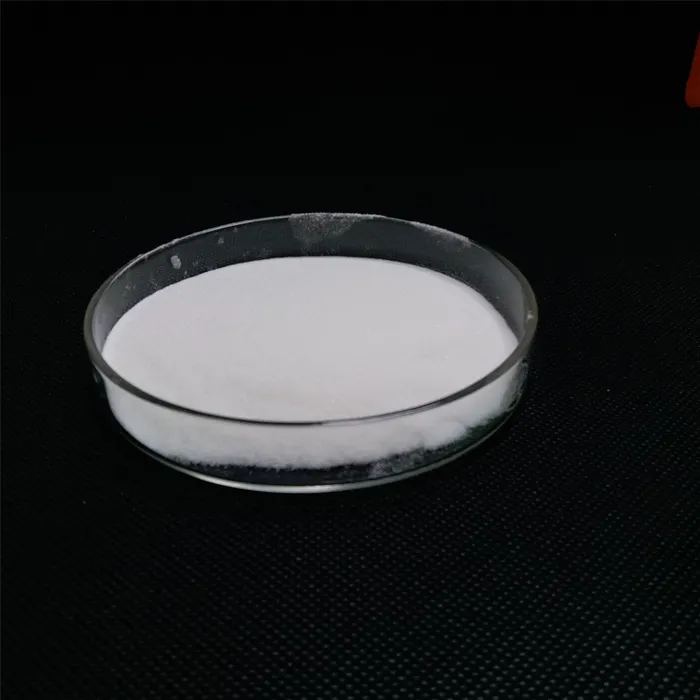Calcium Acetylacetonate An Overview
Calcium acetylacetonate, also known as calcium bis(acetylacetonate), is an inorganic compound that plays a crucial role in various chemical and industrial applications. Its unique properties and versatility make it valuable in fields ranging from catalysis to materials science. This article delves into the synthesis, properties, and applications of calcium acetylacetonate, highlighting its significance in contemporary research and industry.
Synthesis of Calcium Acetylacetonate
Calcium acetylacetonate is typically synthesized through the reaction of calcium salts, such as calcium chloride, with acetylacetone in the presence of a suitable solvent. The reaction forms a coordination complex, where the acetylacetonate anion acts as a bidentate ligand, coordinating with the calcium ion. This process not only results in the formation of calcium acetylacetonate but also provides insights into the intricate bonding characteristics of metal-ligand interactions in coordination chemistry.
Properties
Calcium acetylacetonate is primarily characterized by its solubility in organic solvents, making it a suitable candidate for various applications where traditional calcium salts may be limited. It often presents as a white to off-white powder and can demonstrate thermal stability under certain conditions. The compound is known for its ability to act as a precursor in the preparation of calcium oxide (CaO) and other calcium-containing materials. This thermal stability allows for its use in high-temperature applications, including ceramics and advanced materials.
The compound exhibits chelating properties due to the presence of the acetylacetonate ligand, which can stabilize metal ions and enhance their reactivity
. This characteristic enables calcium acetylacetonate to serve as a catalyst or precursor in various chemical reactions, facilitating processes in organic synthesis and materials fabrication.calcium acetylacetonate

Applications
One of the prominent applications of calcium acetylacetonate lies in the field of catalysis. It functions as a catalyst in various organic reactions, such as polymerization and condensation reactions. Additionally, its ability to form stable complexes with transition metals makes it useful in promoting reactions that involve metal catalysts.
In materials science, calcium acetylacetonate is utilized in the synthesis of metal oxide nanoparticles, which have widespread applications in electronics, optics, and environmental remediation. The nanoparticles derived from calcium acetylacetonate exhibit desirable characteristics, such as enhanced electrical conductivity and photocatalytic activity.
Calcium acetylacetonate also finds application in the production of advanced ceramics and composite materials. Its unique properties contribute to the improvement of mechanical strength and thermal stability in these materials, making them suitable for high-performance applications.
Moreover, the compound is explored in biomedical research, where it is investigated for potential applications in drug delivery systems and bioactive materials. Its biocompatibility and ability to form stable complexes with biomolecules make it an attractive candidate for further studies.
Conclusion
Calcium acetylacetonate stands out as a versatile compound with significant relevance in various scientific and industrial domains. Its unique properties facilitate advancements in catalysis, materials science, and biotechnology. As research continues to uncover new applications and potential uses, the importance of calcium acetylacetonate in modern chemistry and industry is likely to grow, paving the way for innovative solutions and technologies.

